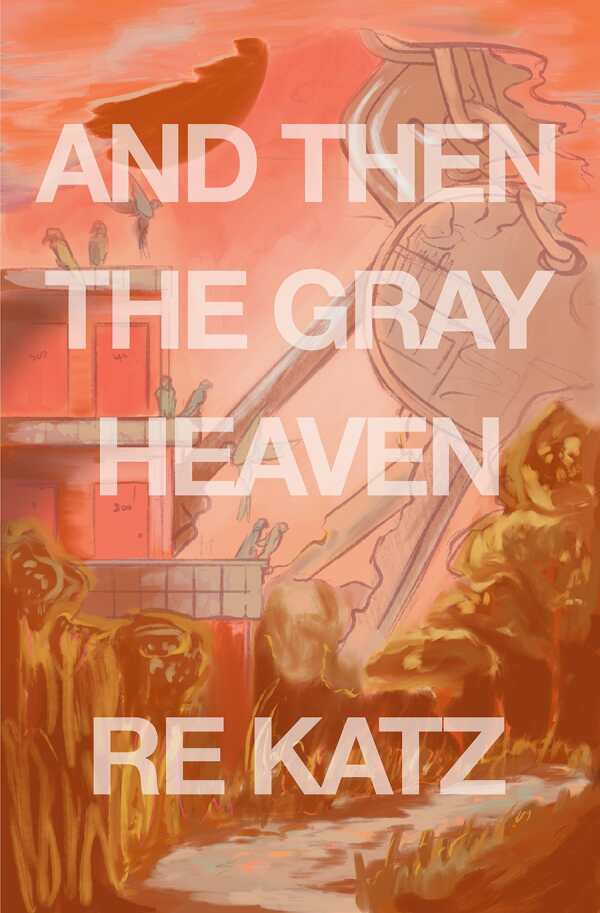And Then the Gray Heaven
Beautiful and tragic, RE Katz’s novel And Then the Gray Heaven embodies “the whole blessed void: a vast field of care” as it recounts the gradual process of laying the dead to rest.
Jules, a queer kid who “no one was watching to make sure … survived [their] childhood of humid horrors,” feels that it should have been them who died. But instead they lost B, a brilliant installation artist, revolutionary museum exhibit rehabilitator, and their person, to a steep ladder, a sharp fall, and the garage’s cement floor. Jules spirals out as they narrate, tracking the couple’s mutual descent and ascent in ravishing terms.
This near-perfect novel calls “bullshit on romance and beach condos and Florida itself … for people who lived [there] and got heat-stroke and sea lice and picked oranges for fifteen cents an hour” as Jules betrays how a great love and a geographic place can shape the bones of a person.
Not just another coming out story, the novel is infused with a lived-in queerness. It captures the dimensional nature of both nonbinary gender and queer sexuality, layering both into Jules’s and B’s relationship, their mutual history, and their found family in a way that’s inescapable, essential, and that captures all the safety that queerness offers and which “straight people don’t have a word for.”
Like Florida, novels about grief have “a reputation for being both uninhabitable and too overgrown with life,” but RE Katz’s beautiful novel And Then the Gray Heaven is eviscerating. It proves that “Downpour and decay are a part of life, and in fact, the very things that tell us we’re involved with the world and not just here.”
Reviewed by
Letitia Montgomery-Rodgers
Disclosure: This article is not an endorsement, but a review. The publisher of this book provided free copies of the book to have their book reviewed by a professional reviewer. No fee was paid by the publisher for this review. Foreword Reviews only recommends books that we love. Foreword Magazine, Inc. is disclosing this in accordance with the Federal Trade Commission’s 16 CFR, Part 255.

